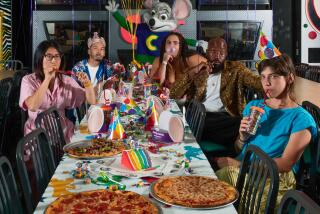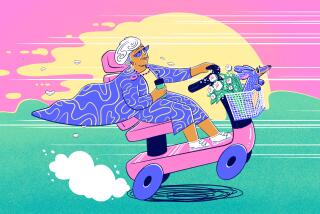The Magic Number
What’s in an age?
For some folks at 40, dread and depression. For Stanley Brandes, 42, a University of California anthropologist, an idea for a book. With the baby boomers turning 40 in dread-filled droves, Brandes took this American apprehension at turning 40, turned it over in his own mind and decided to find out what it was that was so different about reaching 40 as opposed to, say, 37. People are so wedded to judging milestones by 10s, Brandes writes in “Forty: The Age and the Symbol” (University of Tennessee Press) that they simply don’t relate to any “trauma of turning 43.”
Brandes found that culture, not biology, dictates the 40s phobia. Like the number three, 40 is a powerful symbol in Western culture. There’s 40 acres and a mule, forte meaning strength, floods that lasted 40 days and 40 nights, Moses on the Mount for 40 days and 40 nights, and the Israelites wandering in the wilderness for 40 years. Brandes found that Irish and Armenian immigrants believed that infants should be kept in lighted places indoors for 40 days after birth and that Greek women are expected to stay home for 40 days after birth. Then there’s quarantine , from Latin and Italian for 40 days of isolation to prevent the spread of disease.
No wonder people freak out at 40. The heavy cultural weight of the number, plus society’s persistent (but obviously false) view that 40 is moving on into old age and decrepitude, combine to make fear of 40 a self-fulfilling prophecy, Brandes concluded. It’s a nice round number that provokes self-assessment, and whoever likes what he or she sees in the mirror?
For ourselves, we prefer the French writer Jules Renard’s view of 40: “We don’t understand life any better at 40 than at 20,” he said in his journal, “but we know it and admit it.” Maybe that’s what’s really frightening.
More to Read
Sign up for our Book Club newsletter
Get the latest news, events and more from the Los Angeles Times Book Club, and help us get L.A. reading and talking.
You may occasionally receive promotional content from the Los Angeles Times.







